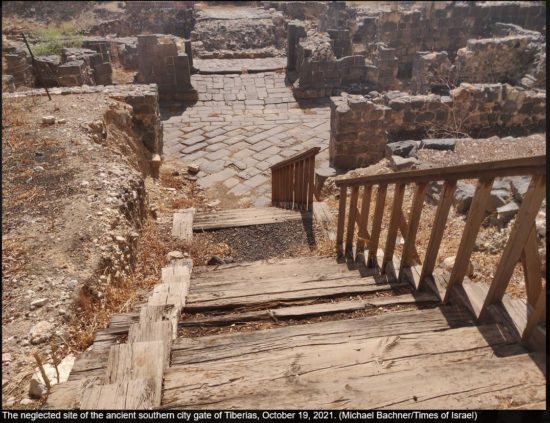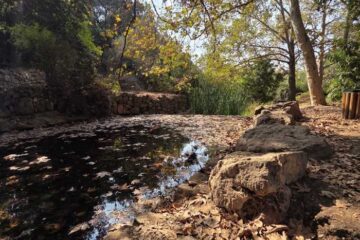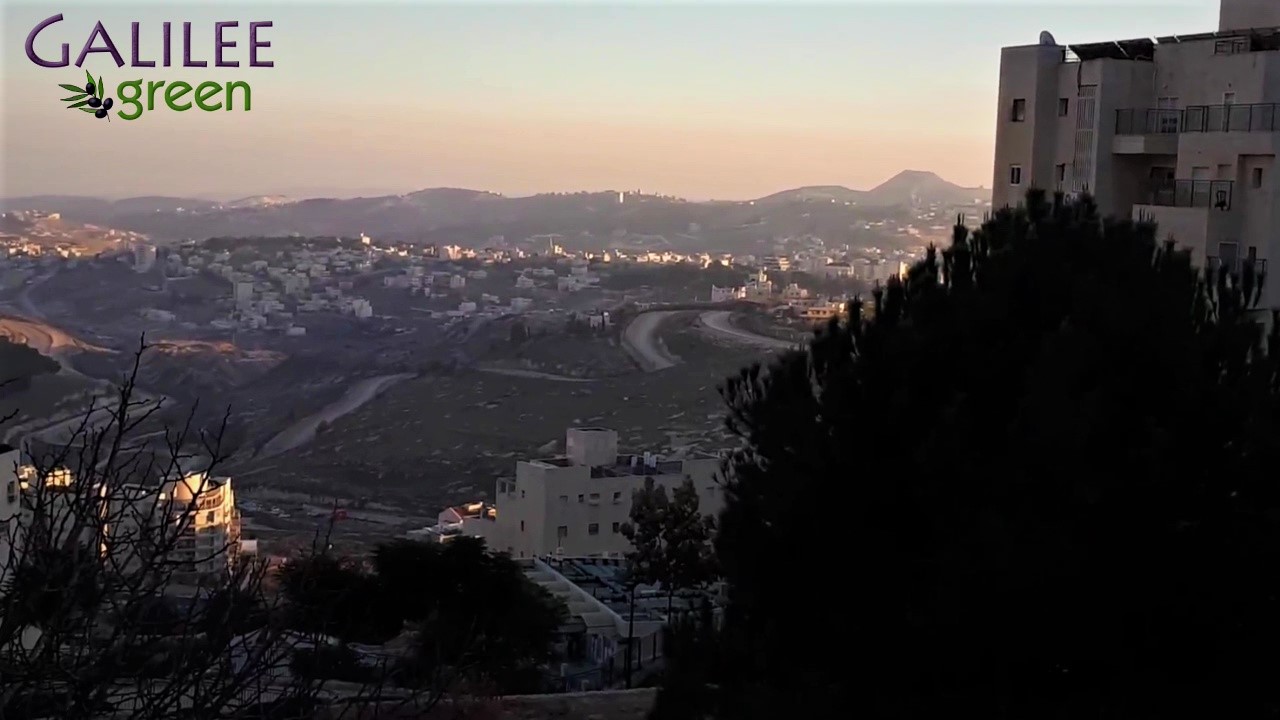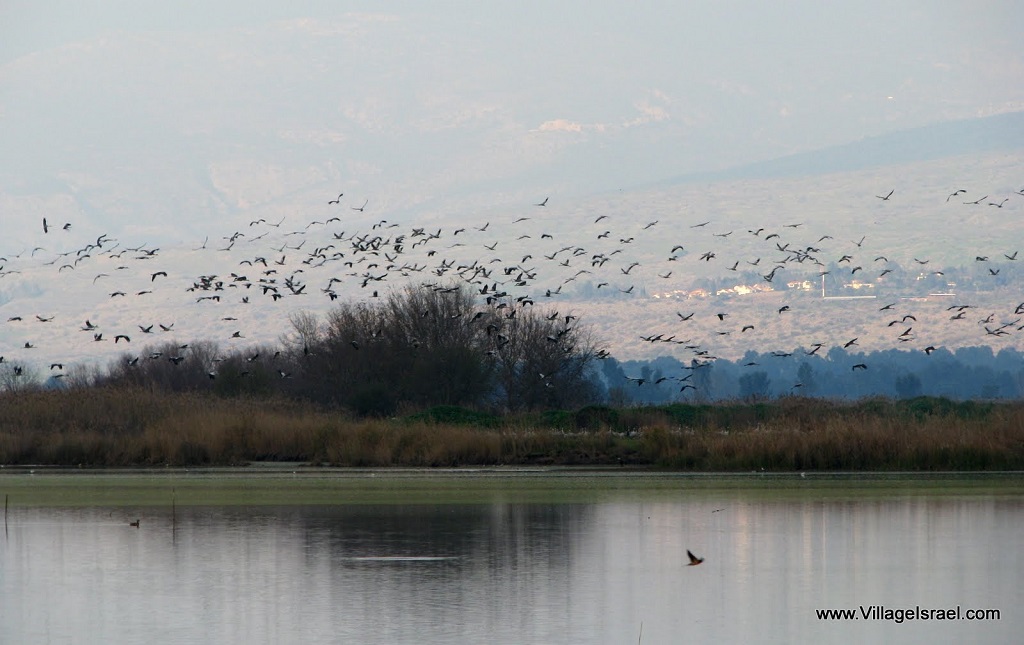After years of neglect, ‘rare opportunity’ opens up for Tiberias archaeological gems
Volunteers have cleaned up stunning sites including Sanhedrin seat and huge Roman theater that were buried under trash – Experts hope to open a National Park
It is an area of immense historical, archaeological and religious significance to all three monotheistic faiths, referred to by some as the “Caesarea of the Galilee”: where manuscripts of the Bible were written, where the 2,000-year-old Sanhedrin rabbinic council of sages is believed to have compiled the Jerusalem Talmud, where an ancient church, huge Roman theater and one of the world’s oldest mosques are situated, and where Roman leader Herod Antipas built his palace.
But for many years, these sites in ancient Tiberias in northern Israel have largely been lying neglected and in ruins, covered in weeds and garbage and subjected to theft and vandalism, prompting outcry among experts.
Now, a volunteer group, led by the Kinneret Institute for Galilean Archaeology, has started cleaning up the sites and is fundraising to continue that work and raise public awareness for the site.
‘A national heritage site’
Experts are expressing hope that archaeology could help rebrand Tiberias.
“If we want to get an idea about the significance of the Tiberias sites, they can be compared to those of Caesarea and be referred to as ‘Caesarea of the Galilee,’” says Dr. Katia Cytryn-Silverman, a lecturer at Hebrew University’s Institute of Archaeology and Department of Islamic and Middle Eastern Studies.
Tiberias was a cosmopolitan center and the single most important Jewish city in the land of Israel for centuries after the destruction of the Second Temple in Jerusalem in 70 CE.
It is an area of immense historical, archaeological and religious significance to all three monotheistic faiths, referred to by some as the “Caesarea of the Galilee”: where manuscripts of the Bible were written, where the 2,000-year-old Sanhedrin rabbinic council of sages is believed to have compiled the Jerusalem Talmud, where an ancient church, huge Roman theater and one of the world’s oldest mosques are situated, and where Roman leader Herod Antipas built his palace.
But for many years, these sites in ancient Tiberias in northern Israel have largely been lying neglected and in ruins, covered in weeds and garbage and subjected to theft and vandalism, prompting outcry among experts.
Advertisement
The fact that the sites lie within the municipal boundaries of the city of Tiberias has led to national authorities shirking responsibility and trading blame for the neglect, with efforts to change the situation falling short.
Now, a volunteer group, led by the Kinneret Institute for Galilean Archaeology, has started cleaning up the sites and is fundraising to continue that work and raise public awareness for the site.
The uncovered archaeological sites include a Roman-era theater with space for 7,000, a big stage and a stunning view of the Sea of Galilee, one of the biggest and best-preserved buildings of its kind ever found in Israel; a huge palace that belonged to 1st-century Galilee ruler Herod Antipas; one of the world’s most ancient mosques, a prison, water holes, bathhouses and many other stunning artifacts.
Some of the cultural cornerstones of Judaism and Hebrew were laid at this site: the modern fixed Hebrew calendar; the Hebrew alphabet’s nikud or vowel signs; the wording of the Bible used to this day; the Aleppo Codex manuscript; and more.
‘We will turn Tiberias into Caesarea’
IAA director Eli Eskosido recently told The Times of Israel that the relevant bodies have agreed on a government decision to invest NIS 70 million ($22 million) over five years and to open a new national park. He said he had spoken with many government, municipal and other officials and has received a promise that the decision will be approved shortly after the Passover festival, in late April.
“We will turn this site into an international site and a national park, and we will turn Tiberias into Caesarea, more or less,” he declared, estimating that the site will attract three million visitors per year.
The full article by Michael Bechner of TOI





0 Comments